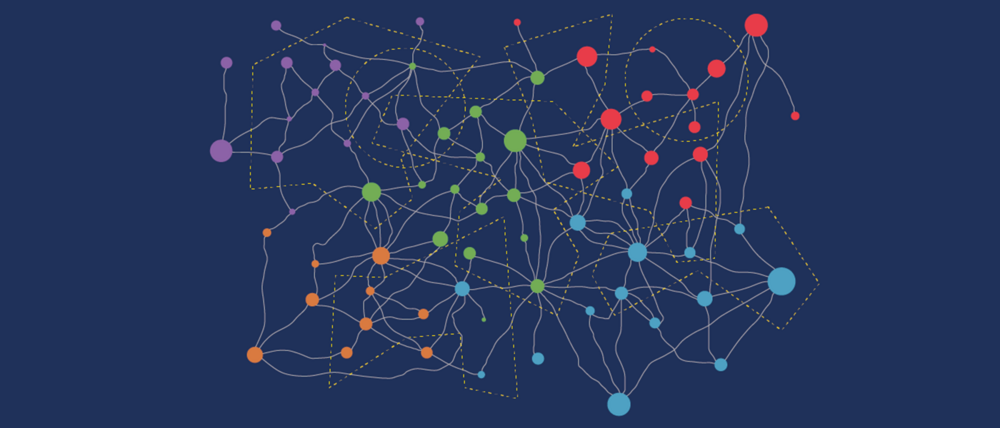Applied Data Analytics and Visualization
Project goal: Enable students to work with real-world data and visualize their findings.
Project duration: abgeschlossen

Intention
Most managerial decisions and academic discussions evolve around questions of causality. What happens to our firm if we invest in a carbon-neutral production? Can mandatory disclosure requirements on firms' carbon footprints decrease carbon emissions, and how economically meaningful are such disclosures? Analyzing causal effects requires skills in data analytics, data visualization, and the interpretation of data.
The project aims at:
-
Expanding conventional teaching formats by offering students the opportunity to interactively explore curated datasets to solve economic tasks
-
Providing a set of data-analysis teaching elements for broader use at the university
The project combines emerging topics in accounting and finance with a digital and interactive learning concept to motivate students to explore real-world data to answer economic questions.
On the one hand, teaching will consist of in-person classes introducing students to emerging research topics, important data sources, software packages, and coding exercises. The learning experience will extend conventional teaching formats by including applied elements where students interact and experience data in class. Asynchronous material on WueCampus provide tutorials on how to access data, software packages, or remote coding environments.
On the other hand, students work on a group task during self-study time. They receive a research question and access to the relevant data, which they can freely explore and analyze. Each group is asked to visualize the data and present their findings in class. The problem-based learning approach increases student engagement, offers individual experiences, and prepares each student to work on future data-driven tasks. Students also learn how to explain and justify their data handling decisions.
The project is a targeted expansion of conventional teaching formats using interactive and self-study elements to foster the development of data-analysis skills. Classes combine digital learning and in-person discussions. Students will be introduced to current topics in accounting and finance, how to use coding and statistical software to address an economic question, and how to interpret and visualize data.
The project also includes elements of problem-based learning to increase student involvement. Students work in small groups on a given question or topic and use skills obtained during class to explore the data. They present their results in class and visualize their finding. This approach promotes self-learning, improves teamwork abilities, and provides intrinsic rewards. These skills are also highly valuable for students in the context of seminars and their thesis.
The digital teaching elements developed in this project will be modular and should also serve as a basis to enhance the teaching experience in other courses. For example, lecturers can use the tools to illustrate economic effects using live data in class, or students can be tasked to explore theoretical concepts using real-world data during exercise sessions.
Students will work with open-source software (primarily Python), quantitative and textual financial data, and interactive code notebooks. Curated datasets enable students to interact with the data during class, and data visualization allows them to experience the data and draw inferences.


